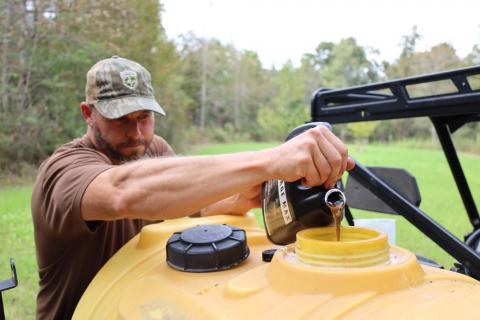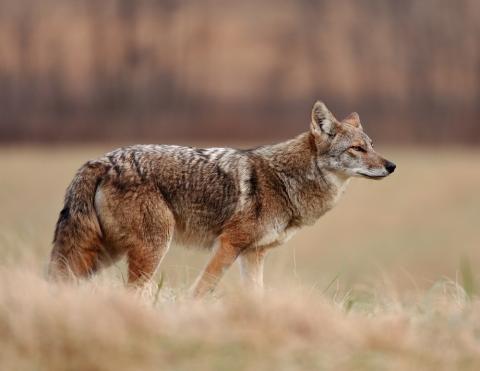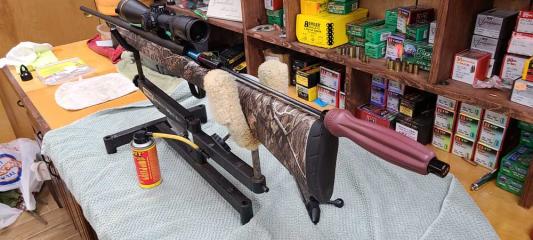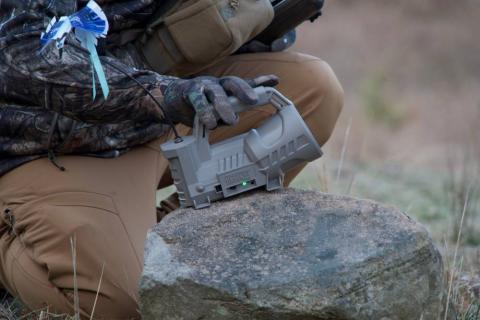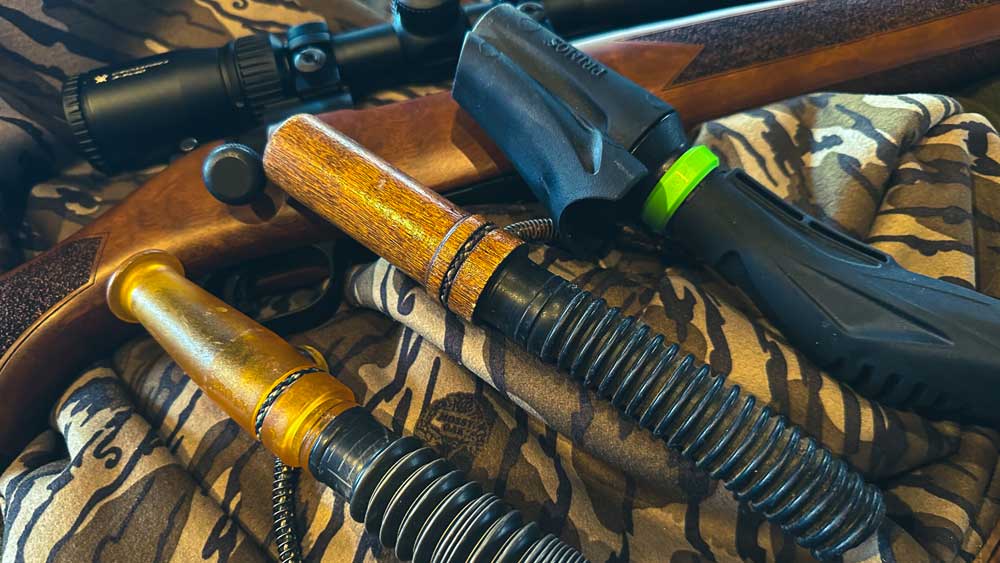
Heath Wood
For over two decades now, I have had a personal superstition that all my camouflage must match, including my hat and gloves, when I am deer hunting. If matching camo isn’t enough, I have also felt that if there is not a grunt call around my neck while hunting, I am not prepared for the hunt.
Though I have had a grunt call with me on ninety percent of my hunts, I rarely use it until late October during the pre-rut and into November when the rut is in full swing. That is, until I became bored during a late September, early season hunt and decided to give my grunt call a try.
Often, when hunting during the early season, I climb into my treestand early in the afternoon to prevent spooking deer during the peak movement of the evenings. I frequently sit for two or more hours before seeing my first evening deer. During the wait, I admit, I often become bored. Sometimes, I scroll through my phone to occupy my time, whereas other times, I try to soak in the sights and sounds of being in the outdoors, doing what I love to do.
While on an evening hunt during the early portion of Missouri’s archery season, I searched for something to occupy my time before deer naturally began moving. “I wonder if anything would come to a deer call,” I thought. I grabbed my True Talker grunt call from Hunters Specialties and gave a few soft grunts. I made a few more subtle grunts a few minutes later, tempting a mature buck to show up, ready to steal the show.
That wasn’t the case; instead, I heard the occasional crunching of the leaves as something inched closer to my location. Ten minutes after my last calling sequence, I spotted a mature buck scanning his surroundings, trying to figure out where the call he had heard was coming from. Moments later, I had an early season buck on the ground thanks to using my grunt call.
Best Strategy for Using a Grunt Call in September and Early October
When calling in September or early October, a hunter shouldn’t expect the same result as one would experience during the rut. There is a word that doesn’t belong in early season deer hunting; that word is ‘aggressive.’ Bucks don’t get excited about much during this time of year. They spend most of their days feeding early mornings and late evenings when it is cooler, then slowly travel back to their bedding areas during mid-day.
A hunter prepares months before deer hunting season to obtain enough knowledge to get within bowhunting range of a trophy buck. A big buck also uses his September as a setup period for what will come later in the fall, during the rut. Early season scrapes are an excellent way for bucks to size up their competition when the time comes to breed.
Using a buck grunt early has the same intention; when a buck hears another buck in the area, he is not mad and will not come charging in ready to fight. Instead, they slowly ease their way closer, trying to see who else is in the area, and non-aggressively let their presence be known to other bucks.
When using a grunt call during the early season, it is vital to set up in an area where a buck can casually approach the call while staying hidden. A good old-fashioned timber setup is the ideal location for an early season stand. One of the most significant mistakes hunters make during the early season is using their grunt call aggressively
As I mentioned earlier, there were very few times when I did not have my grunt call around my neck or close by in my backpack when deer hunting. Though I used my call successfully in September, trial and error have also taught me more about my deer calls. My worst habit used to be when I saw a buck; I wanted to immediately use my grunt tube if he wasn’t coming my way. If the deer wasn’t going where I wanted, I thought I had to blow a call like a soldier using a trumpet to signal war.
As you can guess, I didn’t have much luck calling that way during the early season. However, when hunting in the timber, I casually pick up my call and make two or three subtle social grunts to let other deer know that a buck is in the area. More times than not, a buck will respond by casually sneaking into closer range.
Some Other Situational Calls to Use During the Deer Hunting Season
While grunt calls and decoys will net you a nice buck or doe, you can also use other more situational calls to bag a deer. Here are a few that I use throughout the deer hunting season.
When deer feel that there’s something not right in the area, like if they detect the presence of coyotes, they make a snort-wheeze sound. To recreate this sound, try it on public lands because that’s where you’ll find the potential presence of deer’s natural predators.
This kind of snort wheeze can be a great way to call aggressive bucks into your range. In addition to being a call used when there are dangers in the area, the snort wheeze is also used during the rut when a buck is getting ready to fight another aggressive buck. Since this is during the rut, these will be big, mature bucks with pronounced antlers.
There are several calls on the market to help you emulate the sound of the snort wheeze, but some hunters say that these don’t sound quite right. I’ve had some success with a snort wheeze call during the rutting season right after Halloween. Still, some say a more natural-sounding snort wheeze is the one that you make with your own mouth. Personally, I’ve seen this technique work with aggressive bucks in my area as well.
Another call to make during the deer hunting season, a doe bleat is a call that a mature doe sometimes uses to call in their fawns. A doe bleat is also used during the rut for a hot doe to signal to local bucks that she is ready to mate. Once a buck finds a doe that’s in the estrus cycle, it will stay with the doe for at least 24 hours.
After you do a doe bleat, you’ll want to look downwind for an approaching buck. Bucks tend to try to sniff out the local does that are making this bleat since they can usually smell a hot doe from miles away.
During doe season, you can use a fawn bleat to smoke out any mature female deer in the area. The fawn bleat effectively mimics the sound of a fawn that’s in distress, and most female deer will respond to this call if they are in range.
There are several calls that you can use to emulate this particular bleat, but in my experience, it’s best to try and add a little emotion to the sound when making it. This will be much more convincing to the local fawns in the area since they will really believe that you’re a whitetail in distress. While this isn’t a sound you can easily make without a call, I have encountered some hunters who do a pretty good fawn impression.
Don't Go Aggressive in the Early Season
During September and early October, deer hunters cannot use aggressive calling tactics. Deer are not going to respond to loud blind calling, and they will most likely not travel a far distance when responding to calls. Instead, they will let their curiosity dictate where they will travel. A social or contact grunt is a subtle sound that deer make year-round to communicate with other deer.
To help better understand, it is a sound that is saying, "There is a deer over here; come say hi if you want." To make a social or contact grunt on a call, blow a light short burst into the call as if you were fogging a mirror with your breath. The soft grunts will be spaced in two short series.
When using these calls while hunting, it is best to ensure no deer is visible. Make two or three soft grunts, wait several minutes, and repeat one more series. If nothing responds, do not try again. Remember, you want to trigger curiosity and not give up your location. Calling too much can detour non-aggressive young bucks from responding, often making them stall out of range to observe the sound.
















